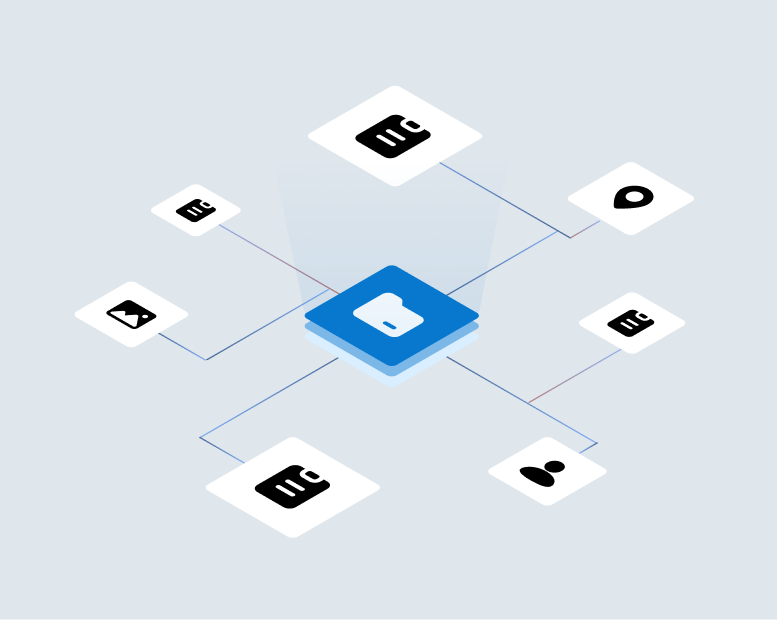Consider the impact of fire protection classifications in homeowners insurance, where misclassifying a property’s proximity to a water source can lead to a significant difference in premiums. When hydrant distance isn’t accurately verified, the financial repercussions can be severe if a claim occurs, and the property lacks adequate fire protection. But fire classification is just one of many examples. Missed or incomplete information – such as undisclosed home renovations, inaccurate auto telematics data, pre-existing damage, or undetected changes in property use – can all widen the gap between expected and actual risk, exposing carriers to increased financial strain and disrupting pricing.

In personal lines underwriting, a minor oversight can lead to significant financial consequences. When carriers miss critical risk indicators – whether during initial underwriting or throughout the policy life cycle – the result is clear: rising claims costs, reduced profitability, and operational strain. Effectively managing risk means not only recognizing these overlooked details but also implementing continuous monitoring to catch and address changes as they arise.
These missed indicators don’t always stem from negligence. Often, underwriters, agents, or even automated processes can overlook these details, especially under pressure to issue policies quickly. Simple updates like adding a pool, renovating for additional rooms, or changing vehicle usage patterns may seem minor but have material impacts on insurance risk profiles. When these indicators go unnoticed or unaddressed, carriers are left with a portfolio that fails to reflect the true level of risk, resulting in claims far beyond anticipated costs.
The operational challenges associated with these overlooked risks don’t end at policy issuance. A static underwriting process can’t account for changes that occur post-issuance, resulting in inaccurate risk assessment over time. As policies mature, these small oversights can snowball into significant problems, leading to higher claims, lower profitability, and strain on underwriting and claims departments. Ultimately, missed indicators create inefficiencies that ripple through operations, eroding the carrier’s ability to maintain competitive pricing and profitability.
The solution lies in a shift to continuous monitoring. By adopting ongoing data verification and risk assessment throughout a policy’s lifecycle – particularly at key endorsement stages – carriers can proactively adjust for changes as they happen, whether it’s new home features, shifting driving behaviors, or structural upgrades. This proactive approach minimizes surprises in claims, supports accurate pricing, and enables more efficient underwriting that aligns with actual risk.
Integrating continuous monitoring of changes in risk throughout the policy lifecycle is not just about minimizing financial exposure; it’s about ensuring operational resilience and sustainable growth. In a landscape where accuracy and adaptation are critical, lifecycle risk detection and management is the key to successful, resilient underwriting that benefits carriers and policyholders alike.
VeracityID offers idFusionTM an automated risk detection and intervention toolset that allows carriers to detect and rapidly compose highly targeted solutions to stop hundreds of different errors, premium leaks, and frauds instantly throughout the policy lifecycle. idFusion integrates seamlessly with Guidewire and other personal auto and homeowners core systems.


